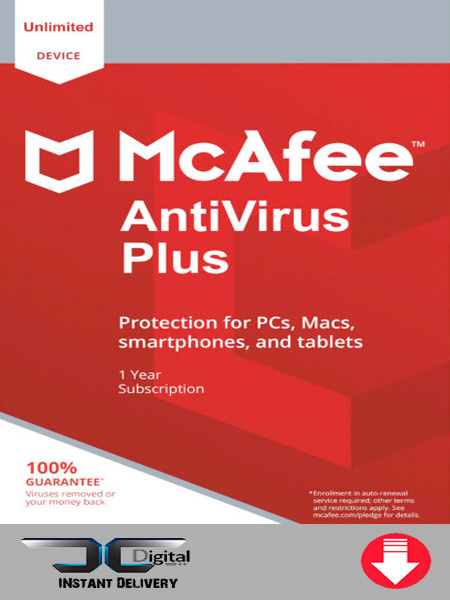
For businesses and organizations, cybersecurity is a broad and important field as cybersecurity attacks continue to make headlines.
#Nefarence iantivirus plus#
For home users, these strategies include both antivirus and anti-malware protection, plus other means to stay safe online like browser protection or a VPN for online privacy. Both of these terms fall under the broader term " cybersecurity." What is cybersecurity?Ĭybersecurity, or computer security, is a catchall term for any strategy for protecting one's system from malicious attacks. Both antivirus and anti-malware typically detect and block threats, and remove any threats that make it on to a device. "Anti-malware" is intended to be a broader description than "antivirus," but antivirus has broadened in common usage to describe the same type of software.
#Nefarence iantivirus software#
The term antivirus refers to computer viruses that were early online threats, and anti-malware refers to the term "malware," which is an umbrella term for any kind of malicious software (including viruses). Today, the terms antivirus and anti-malware are often used interchangeably to refer to cybersecurity software that blocks viruses and other types of malware from computers and mobile devices. What's the difference between antivirus and anti-malware? Today, cybersecurity companies like Malwarebytes employ several different methods to detect, block, or remove malware from a device. Early antivirus programs would compare software file signatures against a list of known viruses to see if they matched, and if so, block them. Originally, it was created to protect against computer viruses, but now it's more of a general term to describe software that uses a combination of advanced technologies to protect against a variety of threats, including ransomware, spyware, and even never-before-seen zero day attacks. Sure, both refer to cybersecurity software, but what do these terms actually mean? What is the difference between antivirus and anti-malware, and are they both still relevant in dealing with today's online threats? Let's take a deep dive into the world of cybersecurity semantics and unpack these terms.Īntivirus is software that is designed to detect, protect against, and remove malware on a computer or mobile device. Manage Microsoft Defender Antivirus with the MpCmdRun.At Malwarebytes, we're all for precision - especially when it comes to two commonly confused cybersecurity concepts that get used interchangeably: antivirus and anti-malware. Instructions for using WMI to manage Microsoft Defender Antivirus, plus links to documentation for the WMIv2 APIs (including all classes, methods, and properties)
#Nefarence iantivirus windows#
Manage Microsoft Defender Antivirus with Windows Management Instrumentation (WMI) Instructions for using PowerShell cmdlets to manage Microsoft Defender Antivirus, plus links to documentation for all cmdlets and allowed parameters Manage Microsoft Defender Antivirus with PowerShell cmdlets List of all Group Policy settings located in ADMX templates

Manage Microsoft Defender Antivirus with Group Policy settings

Information about using Intune and Configuration Manager to deploy, manage, report, and configure Microsoft Defender Antivirus Manage Microsoft Defender Antivirus with Microsoft Intune and Microsoft Endpoint Configuration Manager The following articles provide further information, links, and resources for using these tools to manage and configure Microsoft Defender Antivirus.


 0 kommentar(er)
0 kommentar(er)
